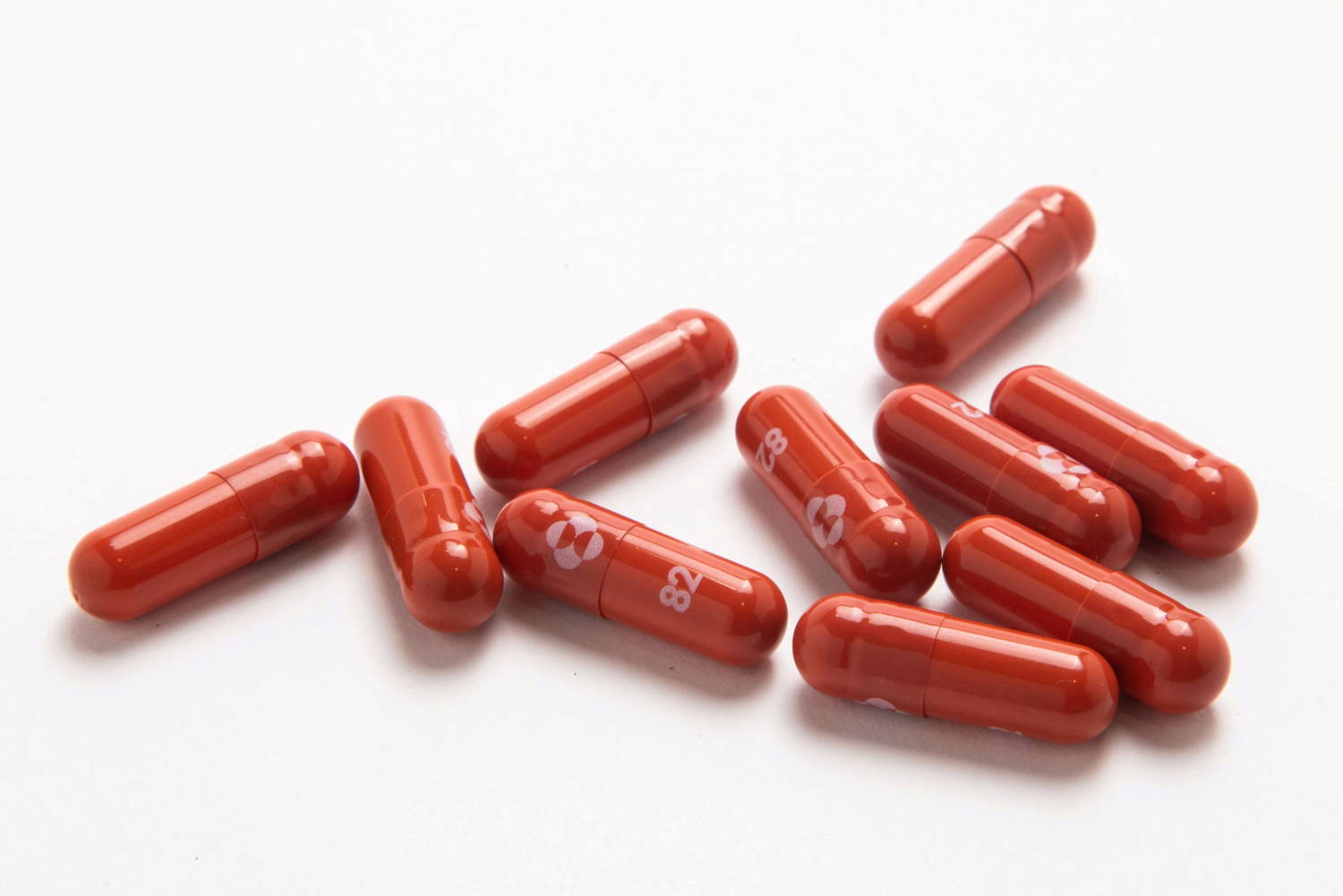Alarming Discovery of Animal Tranquilizer in Opioids
Public health officials in Mexico have raised concerns after a recent study indicated the infiltration of the animal tranquilizer Xylazine, also known as “tranq dope” or “zombie drug,” into the opioid supply in the country’s northwest border cities. This finding echoes similar issues faced by U.S. cities like Philadelphia, where Xylazine has been exacerbating the opioid crisis.
On April 8, Mexico’s health ministry, in collaboration with the mental health and addiction commission (CONASAMA), issued a warning specifically directed at health personnel and first responders. The alert highlighted the potential adulteration of heroin and fentanyl with Xylazine, which poses significant health risks due to its sedative properties that are not counteracted by opioid overdose reversal treatments. Moreover, Xylazine can lead to fatal drug poisoning and cause severe skin abscesses.
In both Mexico and the United States, Xylazine is legally sanctioned solely for veterinary use. However, a study that analyzed 300 samples of drug residues from Tijuana and Mexicali found that Xylazine was present in 35 samples of heroin mixed with fentanyl and 26 samples of fentanyl alone. This study, funded by Mexico’s National Council for Science and Technology (CONACYT), is part of an ongoing effort to identify adulterants in drugs, although it was not initially aimed at detecting Xylazine specifically.
Clara Fleiz, an investigator at Mexico’s National Institute of Psychiatry and the lead author of the study, expressed surprise at the discovery of Xylazine in the drug samples. The revelation is particularly troubling as it coincides with increasing signs that fentanyl consumption is becoming more prevalent within Mexico—a synthetic opioid responsible for a high number of overdose deaths annually in the United States.
The findings underscore the need for heightened vigilance and awareness among those on the front lines of the opioid epidemic, as well as continued research into the composition and impact of adulterated drugs on public health.






